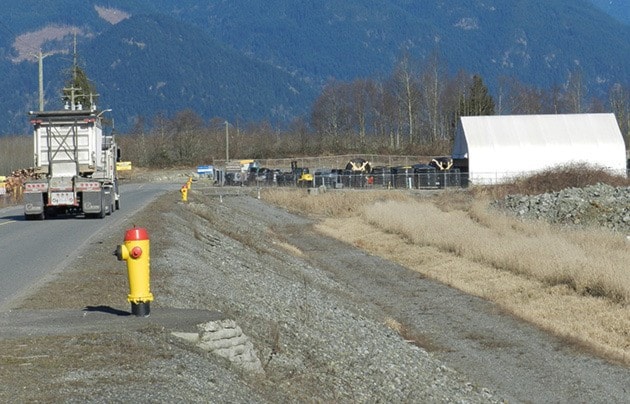Part of a Cannor Road property in Chilliwack was rezoned last year from 'heavy industrial' to 'special industrial' to accommodate a hazardous waste recycling plant proposal.
The restrictive covenant would have limited land use on the site near the Fraser River to that particular industrial use.
But since the controversial Aevitas waste recycling plant never materialized due to fierce opposition to the location, property owners are now asking that the property be rezoned back to the original heavy industrial zoning designation.
The applicant is formally requesting a rezoning of the parcel, located in the Cattermole Lands, from M6 (Special Industrial) zone to M4 (Heavy Industrial) zone, in order to "facilitate future subdivision and to permit heavy industrial uses."
The rezoning bylaw was given introduction and first reading by council on Tuesday, with the public hearing called for Feb. 16.
It was in February of 2015 that the property went from M4 to M6 for a hazardous waste recycling facility and transfer station to be built by Ontario-based Aevitas Inc. to recycle materials such as mercury from light bulbs and oil from transformers.
"As the proposed recycling facility did not proceed, the applicant requests to rezone the affected portion back to an M4 Zone," according to the staff report.
"As per the M6 Zone special regulations for Special Industry use, a restrictive covenant was placed on the property title specifying that the property will be used only for the proposed use. Discharge of the existing restrictive covenant will be required at time of subdivision."
